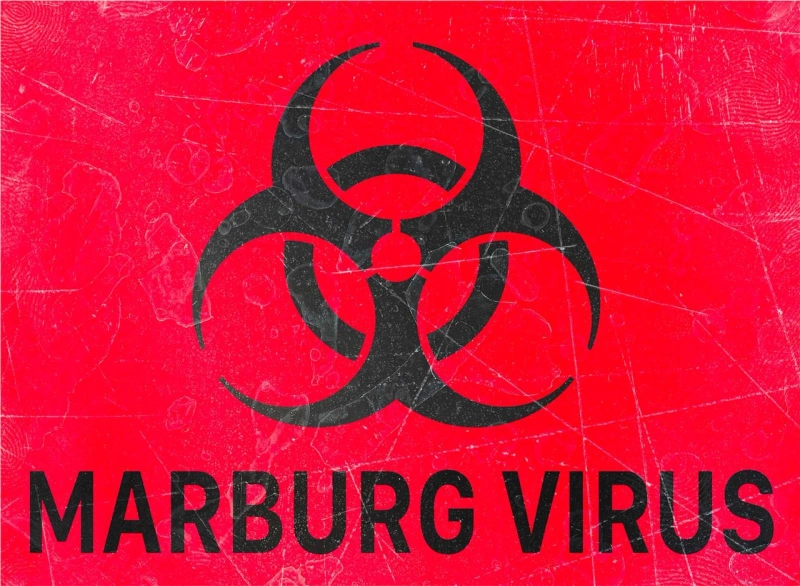Marburg Virus Disease Overview:
Marburg Virus Disease (MVD) is a severe and highly contagious illness caused by the Marburg virus, a member of the Filoviridae family. Similar to Ebola virus, MVD leads to severe hemorrhagic fever with high mortality rates. Understanding its diagnostic process, treatment options, competitive landscape, regulatory framework, clinical assessment, market trends, and regional insights is crucial for effective management and prevention.
Hemorrhagic fever is a common side effect of the extremely contagious Marburg virus disease (MVD), with a 50% death rate generally reported in cases. According to WHO reports, patient fatality rates varied from 24% to 88% depending on the virus strain and case management. It is equivalent to the Ebola virus disease-causing virus.
The Market Competitors Listed Below are Revolutionizing Healthcare with Innovative Diagnostic Inventions:
Becton DickinsonProteintech Europe LtdBosterElabscienceRepligen CorporationOthersThe Market Competitors Listed Below are Revolutionizing Healthcare with Innovative Treatment Inventions:
Johnson & JohnsonBioCrystFujifilm HoldingsOthersDiagnostic Analysis:
Clinical Presentation:
MVD symptoms initially resemble those of common infections, including fever, chills, and fatigue. As the disease progresses, patients may experience severe bleeding, multi-organ failure, and shock. These advanced symptoms are indicative of the severe form of MVD.
Laboratory Testing:
Laboratory diagnosis involves detecting viral RNA through RT-PCR, or isolating the virus from blood or tissue samples. Serological tests for antibodies may also be conducted to confirm infection.
Treatment Analysis:
Supportive Care:
Currently, there are no specific antiviral treatments for MVD. Supportive care, including intravenous fluids, electrolyte replacement, and oxygen therapy, is crucial to stabilize patients and address complications.
Experimental Treatments:
Some experimental treatments, such as monoclonal antibodies and antiviral drugs, are being explored in clinical trials to assess their efficacy against the Marburg virus.
Competitive Analysis
Research and Development:
The landscape for MVD treatments and vaccines is evolving, with various pharmaceutical companies and research institutions engaged in developing potential interventions.
Emerging Therapies:
Several promising therapies are in the pipeline, showing potential for more effective management of MVD cases.
Regulatory Framework:
WHO Guidelines:
The World Health Organization (WHO) provides comprehensive guidelines for the management of MVD, including diagnosis, treatment, and prevention strategies.
CDC Recommendations:
The Centers for Disease Control and Prevention (CDC) offers guidance on MVD for healthcare providers, with a focus on containment and infection control measures.
Browse More Information:
Clinical Assessment:
Risk Factors:
Evaluation of potential exposure to infected animals or individuals, travel history to endemic areas, and occupational hazards are essential in suspecting MVD.
Diagnostic Imaging:
Chest X-rays and ultrasounds can reveal signs of organ damage and bleeding, aiding in diagnosis and treatment planning.
Market Trends Analysis:
Research Funding:
Increased global awareness and research funding for emerging infectious diseases, including MVD, is driving innovation in diagnostics, treatments, and prevention.
Investment in Vaccine Development:
Pharmaceutical companies and government agencies are investing in vaccine development to prevent future outbreaks and protect at-risk populations.
Regional Insights:
Endemic Regions:
MVD outbreaks have been primarily reported in Central and East Africa, including Uganda, Kenya, and Angola, emphasizing the need for regional preparedness and surveillance.
Global Preparedness:
Due to the potential for global spread, international collaboration and preparedness efforts are essential to prevent and manage MVD outbreaks worldwide.
Conclusion:
A comprehensive understanding of Marburg Virus Disease, from diagnosis to treatment, regulatory frameworks, and market trends, is vital for effective management and prevention strategies. Ongoing research and international cooperation play a pivotal role in advancing capabilities to combat this severe infectious disease.
Browse Through More Infectious Diseases Research Reports.
Related Reports:
Collaboration with Commercial Laboratories to Develop Monkeypox Detection Technologies to Support Business Growth
For lung cancer treatment, radiation is employed.
Immunomodulating Drugs for Lupus
To Launch More Affordable Drugs and Boost Productivity Through Cost-Effective Research and Development
Finding a Hemophilia Treatment Facility that Accepts


